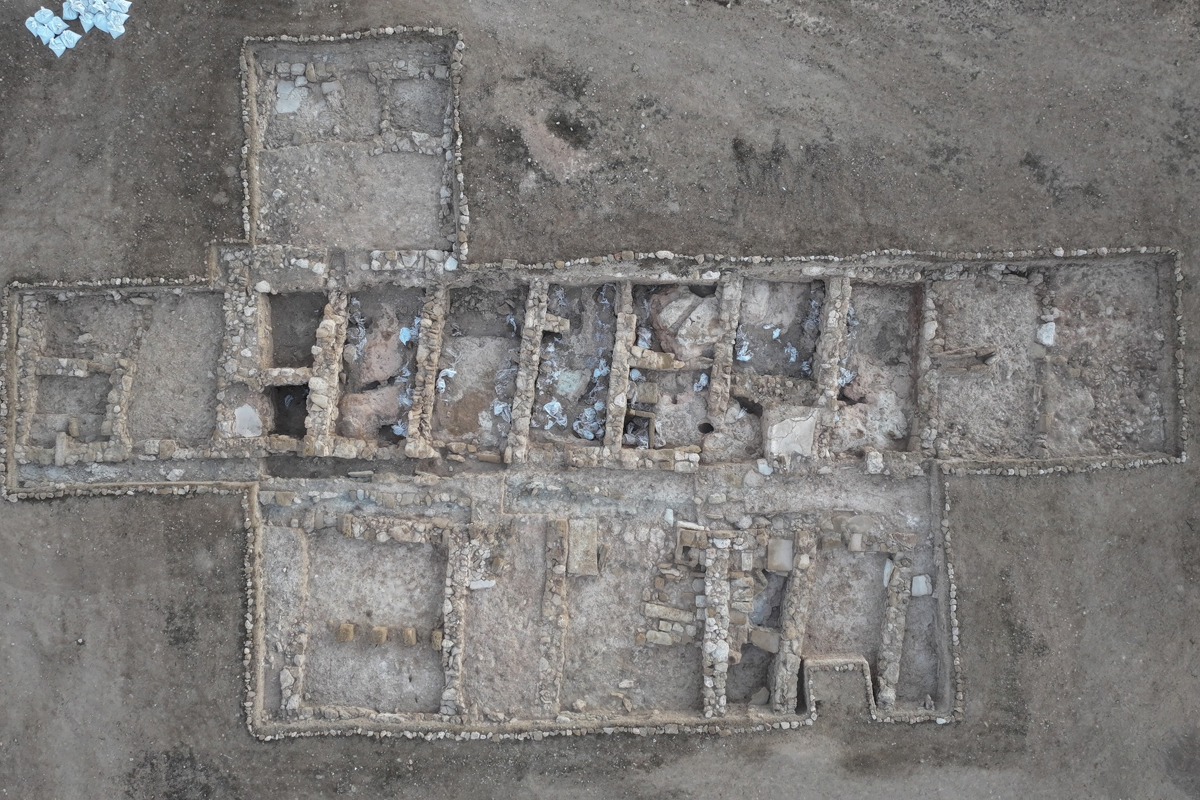Archaeologists from the Department of Antiquities have announced the discovery of domestic structures from the Hellenistic period during a study of the Pyla-Vigla archaeological site.
Over the past two decades, the Pyla-Koutsopetria Archaeological Project (PKAP) has been conducting excavations at Pyla-Vigla, located on a steep plateau overlooking Larnaca Bay on the east coast.
Previous studies have determined that Pyla-Vigla was an early fortified settlement, with occupation dating from the late 4th to early 3rd centuries BC.
The site’s military function is evidenced by extensive fortification systems, as well as the discovery of projectile points, lead sling bullets, and evidence of weapon manufacturing.
In the latest study, archaeologists from the Department of Antiquities have identified a domestic area on the plateau’s interior, where rooms from at least four buildings have been unearthed.

The largest structure is rectangular in plan and features a series of repetitive rooms subdivided by later spur walls. To the south are two additional buildings with a similar layout, one of which has a large hall supported by a line of stone bases.
A separate trench to the east revealed foundations of yet another structure built on a different axis, suggesting a well-planned, multi-phase settlement.
According to the Department of Antiquities: “Ceramics and metal implements indicate a series of domestic activities like cooking, drinking and dining, and personal adornment in all these spaces.”
The presence of drains, stone basins, and plastered installations also indicate that some rooms were used for storage or small-scale industrial work beyond ordinary household needs.
“Daily life in this early Hellenistic military community on Cyprus seems to have included tasks that bridged small household and larger communal modes of dwelling and working,” added the Department of Antiquities.
Header Image Credit : Department of Antiquities
Sources : Department of Antiquities







